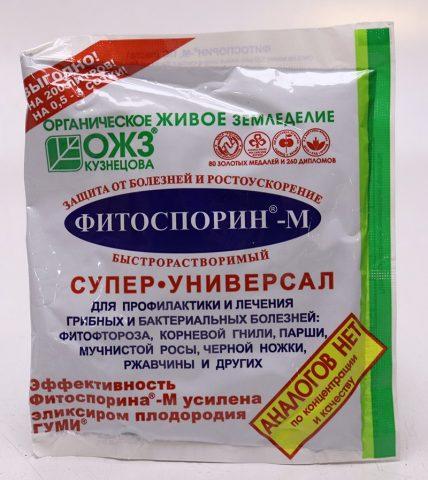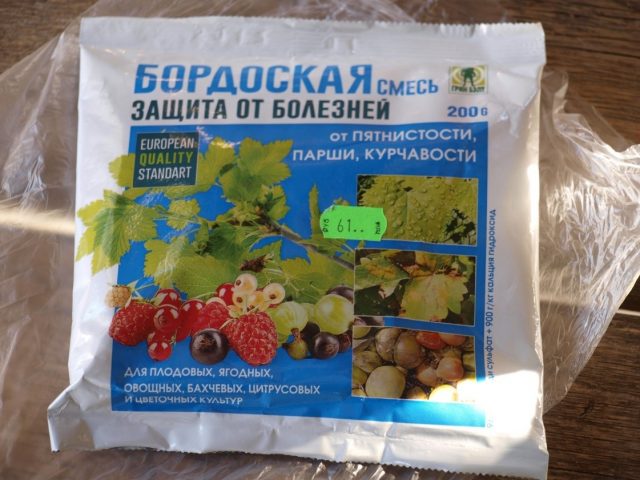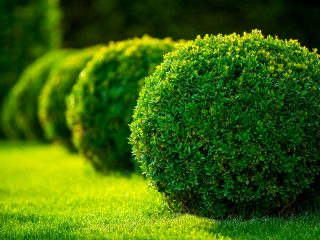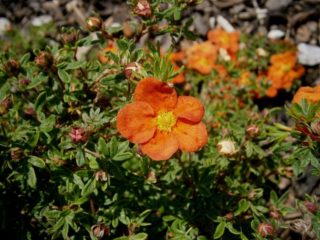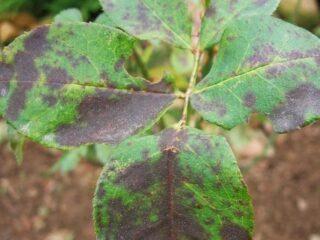Content
Actinidia Doctor Shimanovsky is an extremely popular perennial plant among Russian residents. Among the wide variety of other representatives of the genus, it is distinguished by its tasty fruits, frost resistance and the special beauty of its leaves, which can change their color depending on the time of year. In addition, this is the most suitable variety for growing in central Russia.
History of selection
Actinidia kolomikta (creeper) Dr. Szymanowski is a perennial shrubby vine. The plant is widespread. Most often it can be found in the Far East, Primorye, China, Japan, and Korea. It has been cultivated by breeders since 1855 and has more than 70 species.
Actinidia Doctor Szymanowski was bred as a result of the activities of Polish breeders. Named after its creator. Actinidia Doctor Szymanowski was first put on sale in 1995.

In the early 2000s, Actinidia appeared on the Russian market and gradually won the love and sympathy of amateur gardeners in Russia
Description of actinidia Doctor Szymanowski
Actinidia will decorate any area, because the variety has beautiful decorative foliage. During the flowering period of the plant, the garden is filled with a delightful lemon scent. Actinidia has the form of a bush, the average annual growth of which is on average 1-2 m; in comfortable conditions, the vine can grow up to 20 m. For the growth of the bush, strong support is necessary. The plant is a female variety with bisexual features. The presence of pollinators is not required for fruit set.

The fruits of actinidia Dr. Szymanowski are called “berries of the future” due to the large amount of useful substances in it
Leaves and shoots
Actinidia leaves have an elliptical shape. They grow up to 10 cm in length. They have white, pink, and green shades. In autumn they turn yellow and acquire a red-violet color. The shoots are smooth, thin, green with a dark brown color.
The shoots stretch towards the support, wrap around it counterclockwise, and have no thorns
Flowers
Actinidia flowering begins at the age of five. At this time, small (up to 2 cm in diameter) white flowers with a delicate lemon scent appear on the plant.

The flowering period of the Doctor Shimanovsky variety is May-June
Fruit
The fruits appear at the end of August. They have an oval, slightly flattened shape. The average size of the fruit is 2-2.5 cm. They have thin green-yellow skin, the flesh is sweet, with a slight sourness.

Compared to kiwi, actinidia fruits are more aromatic and sweet
Advantages and disadvantages
The popularity of actinidia Doctor Szymanowski is due to a number of advantages.
Eating actinidia fruits before meals increases appetite
Pros:
- The fruits are set without the presence of additional pollinators.
- Frost resistance.
- It is highly resistant to various diseases.
- Widely used in landscape design.
- Unpretentious in cultivation and care.
- The fruits have a number of beneficial properties.
Minuses:
- Uneven ripening of fruits, rapid falling.
- The aroma released during flowering attracts cats, which tear out the roots and spoil the shoots.
Planting actinidia Doctor Szymanowski
For good growth of actinidia, you need to choose a suitable place. In favorable, comfortable conditions, actinidia can live up to 80 years. The best places for the plant are in the southwestern or western part of the site. Extremely dark areas should be avoided, since actinidia is unable to set fruit in the shade. Also, do not expose plants to direct burning rays of the sun.
Experienced gardeners advise planting actinidia Dr. Shimanovsky along fences, gazebos, and houses to protect them from cold, northern winds. The plant loves sandy loam soils with weak or neutral acidity. Low-lying clay areas should be avoided, as well as places where groundwater flows and cold air stagnates.
The optimal time for planting actinidia Dr. Shimanovsky is early spring. It is not recommended to plant in the fall, since the vine will not have time to adapt and will most likely die.Actinidia grows very quickly, so immediately after planting, install supports at a distance of 2 m from each other. A wire is pulled between them in several rows.
Immediately before planting, actinidia is kept in a solution of Heteroauxin, Kornevin. Then the seedling is lowered into the prepared hole and covered with earth. In this case, the root collar should be at ground level, and the soil should be compacted so that there are no voids left. After planting, you should immediately water the plant. 2 liters of water are applied at the root, then a mulch layer is formed - hay, sawdust. At first, actinidia seedlings Dr. Shimanovsky must be covered with agrofibre or paper.

The root system of actinidia seedlings quickly dies after being exposed to hot sun or strong wind for ten minutes.
Care instructions
Further active growth of actinidia Dr. Szymanowski depends on proper care. It is imperative to feed, water the plant, and implement preventive measures to combat pests.
Trimming
It is recommended to form a vine in the third year of life or later. Adult plants are cut by half of the total length of the vine. The ovaries begin to form on last year's shoots. As a rule, only 2-4 branches are left, which will later bear fruit. The ideal option is to leave two shoots of different ages and half of a one-year-old shoot. Old plants that are more than seven years old undergo rejuvenating pruning. Thus, old, dry, damaged branches of Actinidia Dr. Szymanowski are completely removed.

Pruning allows the plant to rejuvenate, ventilate, stop uncontrolled growth, and prevent the appearance of pests
Watering and fertilizing
Actinidia needs to be fed twice a year. In the spring, superphosphate, potassium salt and ammonium nitrate are added. In autumn they feed with potassium and phosphorus. During the period of ovary formation, Kemira is given.
By the appearance of the bush you can determine which microelements it lacks. A lack of magnesium or nitrogen leads to yellowing of the foliage. Drying leaves indicate a lack of potassium.
Along with mineral fertilizers, you can use organic fertilizers:
- Chicken droppings. It is infused and diluted with water: 500 g per 10 liters of liquid. Used in the spring.
- Rotted manure. It is applied in the fall because it protects the roots well from freezing, and by spring it turns into a nutritious supplement.
Actinidia needs periodic watering. When there is a lack of moisture, the plant quickly sheds its leaves, so it is necessary to ensure that the soil does not dry out. It is recommended to moisten the vine after sunset. One watering of an adult plant requires 50-60 liters of water.
Preparing for winter
The plant does not require special preparation for the winter period. Actinidia is resistant to low temperatures. But sometimes it happens that the roots and buds of the bush freeze slightly. But this does not cause much harm to actinidia, since the plant quickly recovers.
Only young, easily wounded actinidia should be insulated. Cover the plants with non-woven material, while a mulch layer must be formed around the stem.
Spring frosts pose a danger to the plant. Temperatures from -2 to -8 °C can destroy shoots. To prevent this from happening, it is recommended to cover the bush with non-woven material before the temperature drops.

Tincture of actinidia fruit serves as a prophylaxis against atherosclerosis, vascular diseases, digestive and respiratory diseases.
Diseases and pests
Actinidia rarely gets sick. However, in conditions of high humidity, white bloom and gray rot may appear on the stems and leaves. To avoid this type of disease, you must use:
- Fitosporin;
Fitosporin effectively reduces the concentration of infection in the soil
- Quick - used after flowering;
Skor protects fruit trees, vegetables, flowers, berries well from pests and diseases
- Bordeaux mixture - before winter.
Bordeaux mixture is used to treat various fungal diseases
Sometimes actinidia “suffer” from phyllostictosis (brown spot). The disease is expressed by the appearance of brown spots on the leaves. For treatment use Tercel or Horus. The leaves should be processed twice. The interval between treatments is 7 days.

Tercel is highly resistant to precipitation

Chorus remains effective at low temperatures
Among the insects that cause the greatest harm to the plant are:
- Leaf beetle It can destroy all foliage and thus reduce the harvest. To prevent this, in the spring the bush is treated with Karbofos. In autumn, Bordeaux mixture is used.
There are more than 50,000 species of leaf beetles in nature.
- The raisin moth. Caterpillars chew out leaf blades. For preventative purposes, the soil needs to be loosened and the bush treated with Iskra, Kinmiks (before flowering).
The raisin moth primarily harms fruit trees.
Reproduction methods
Reproduction is carried out using seeds or cuttings. The first method is the simplest and most popular among gardeners. Young cuttings are cut and planted next to an adult plant. After 20 days they will take root. After this they can be planted. Root layering is also used for propagation. It should be pressed to the ground and covered with soil.

The process of rooting cuttings and layering occurs very quickly
For propagation, it is necessary to take seeds whose “age” is less than six months. Usually they are soaked in cold water for three days. Then the seeds are kept in wet sand for 60 days.

The optimal temperature when growing seeds should be 20 ° C
During this time, the seeds should germinate. Next, prepare a special soil from humus, sand and soil. Young specimens are transplanted into it. And only after a year the actinidia are transferred to a permanent place.
Conclusion
Actinidia kolomikta Doctor Szymanowski is an unpretentious perennial plant. With proper care, a bush with beautiful foliage and tasty, healthy fruits will become a real decoration for any garden plot.
Reviews about actinidia Doctor Szymanovsky

